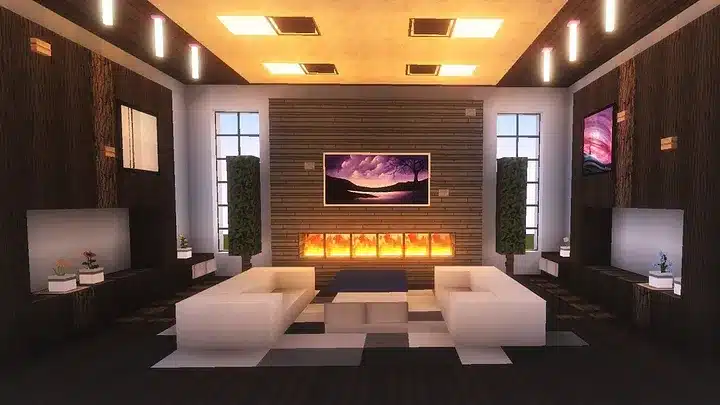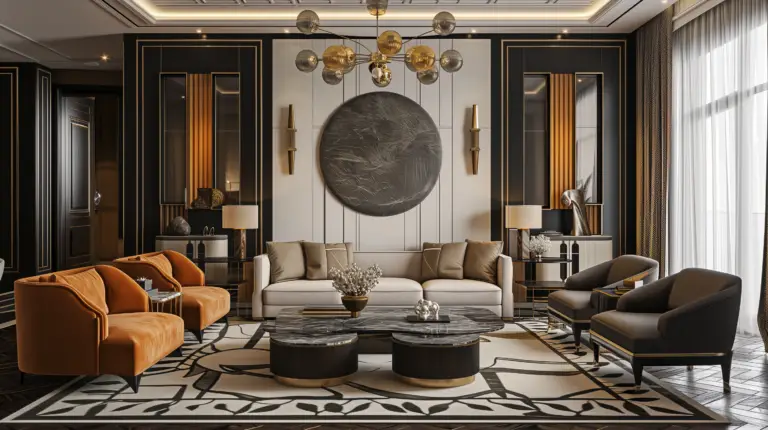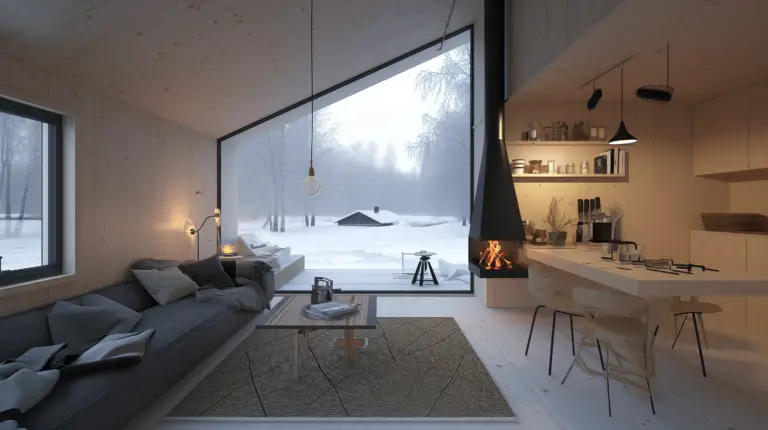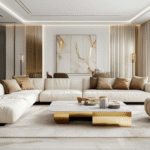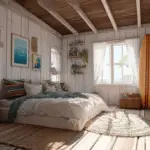Free Shipping On All Orders
Unearthing the Concrete Appeal: The Resurgence of Brutalist Interior Design in 2024
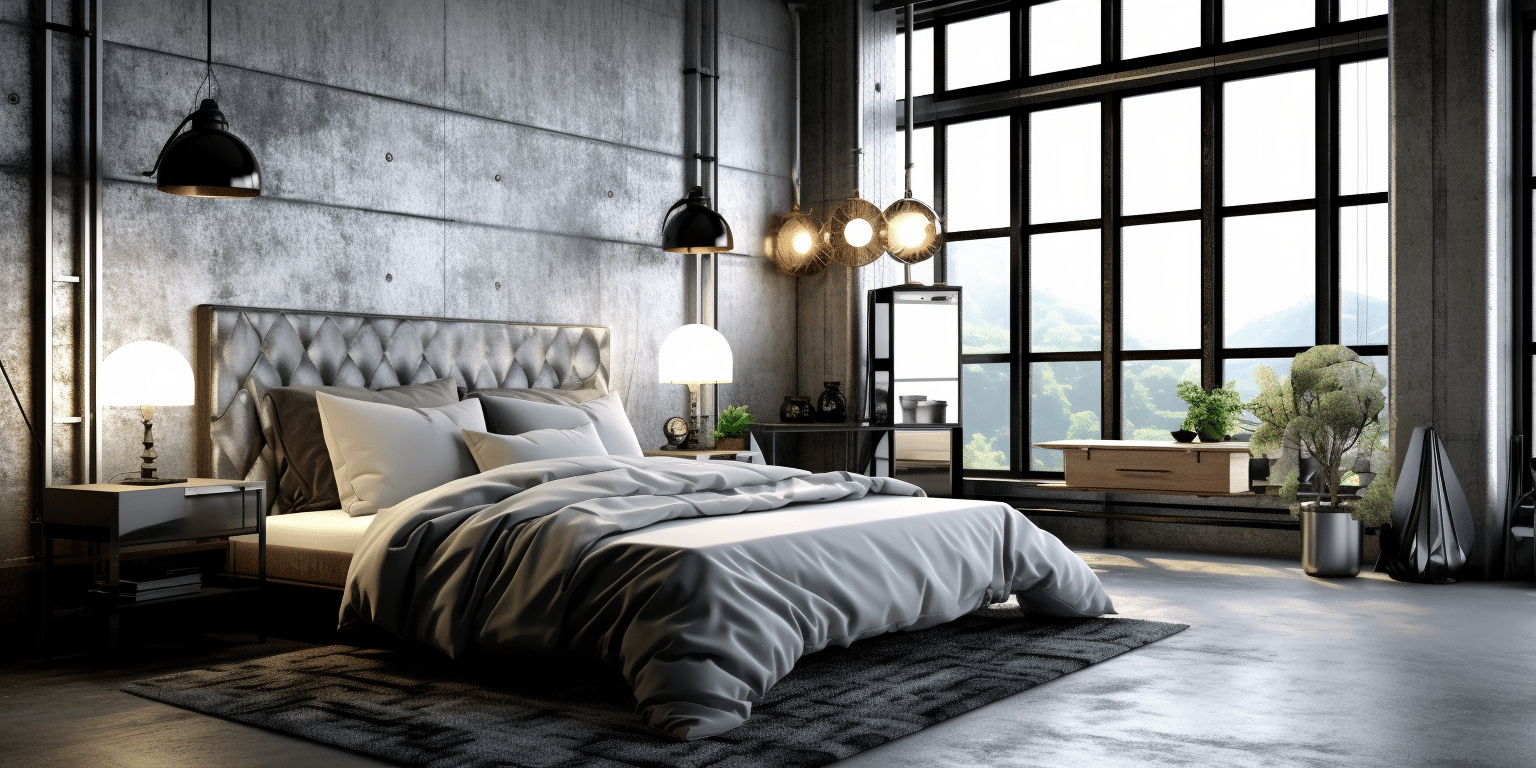
In the realm of interior design, trends come and go, but some manage to stage spectacular comebacks, reshaping the contours of contemporary style. One such phoenix rising from the ashes in 2023 is one of my most favorite interior design styles: the Brutalism interior design. Born in the mid-20th century, this design philosophy, with its characteristic raw industrial materials and rigid geometrical shapes, once fell out of favor, but is now capturing the imagination of the design world anew.
This powerful revival is not about replicating the past, but reinterpreting it with a modern sensibility. Today’s Brutalism is a vibrant dialogue between old and new, an exploration of form and functionality that honors its industrial roots while embracing the aesthetics of the present. Read on as we dive into the resurgence of this design trend, its characteristic elements, and how it’s making a strong statement in the world of interior design in 2023.
The Roots of Brutalism
The Brutalist movement first emerged in the 1950s, spearheaded by French-Swiss architect Le Corbusier. The style is characterized by the use of concrete, unfinished industrial materials, strong structural elements, rigid shapes, and a monochromatic color scheme. The term ‘Brutalism’ is derived from the French term for raw concrete: ‘béton brut.’ Famous examples of brutalist buildings include the Frick Madison in New York City, the Barbican in London, and the Cathedral of Saint Mary of the Assumption in San Francisco. However, by the 1980s, the movement had fallen out of favor, with many associating it with totalitarian politics and eventual decay.
The Modern Interpretation of Brutalism
Fast forward to 2023, and Brutalism is making a significant comeback. This revival is not about recreating the 1950s movement or its political implications, but about the modern interpretation of the movement’s original ethos.
Designers today are carefully selecting aspects of the movement that translate well to the present day, juxtaposing stark hallmarks of brutalism with organic accents. The use of raw industrial materials, such as concrete floors and exposed elements like bulbs and pipes, coupled with materials like bronze, plywood, and cement, are indicative of this resurgence. Brutalism is also extending beyond architecture, influencing furniture and decor elements that can bring a subtle brutalist interior design-inspired touch to any space.

Breaking Down Brutalism: Key Elements in Interior Design
Brutalist interiors designs are primarily defined by their use of raw materials, such as concrete and steel, and their strong, geometric forms. These spaces often exhibit a monochromatic color scheme and a significant focus on functionality and honesty of materials. The aesthetics can be stark, emphasizing the building’s construction and structural elements, but contemporary interpretations often mix these rugged features with softer, more organic elements to create a balanced and visually stimulating environment.

Key components that define Brutalist interior designs include:
- Concrete: The use of raw, unpolished concrete is one of the most distinctive features of Brutalism interior design. This can be seen in floors, walls, and even in furnishings and decorative elements.
- Exposed Structural and Functional Elements: Brutalist interior design often features exposed building elements such as beams, pipes, and ducts, demonstrating a directness and honesty of function.
- Strong Geometric Forms: Brutalist interiors often incorporate strong, geometric forms, including rigid, block-like structures and linear elements.
- Monochromatic Color Scheme: Brutalist design typically utilizes a monochromatic color scheme, often in shades of grey that reflect the raw concrete used extensively in these spaces.
- Minimal Ornamentation: Brutalist spaces usually lack extensive ornamentation or decorative elements. Instead, the focus is on the materials themselves and the forms they create.
Brutalist Designs in Action
The Brutalist interior design style is not confined to commercial spaces or public buildings; it can also be used to create stunning residential designs. For instance, a recent Manhattan loft project by architect Maurizio Bianchi Mattioli of Studio MBM showcased the use of boxy stone inserts, a giant partition separating the vanities, and a cast-iron column as a kind of found object within the space.

One remarkable example of residential brutalism interior design is the award-winning concrete bunker house. This unique design takes brutalist architecture to the next level, emphasizing the use of raw concrete, exposed structural elements, and a stark monochromatic palette. The structure is segmented into different zones, each with its own distinct character. Surprisingly, the interiors are not as cold or inhospitable as one might expect from a concrete bunker. The use of natural light and thoughtfully placed fixtures create a warm and inviting atmosphere.
The Appeal of Brutalism
The appeal of Brutalist interior design in the contemporary design scene can be attributed to its honest and straightforward approach to materials and form. Brutalism’s raw, unfinished aesthetic offers a contrast to the slick, polished surfaces that have dominated interior design in recent years. This design style appeals to those who appreciate an architectural approach to interiors, where the construction and materials of the space play a significant role in the overall design.
Moreover, there is a certain strength and permanence associated with Brutalist design. The substantial use of materials like concrete and steel and the focus on strong, geometric shapes lend a sense of stability and resilience. This could be particularly appealing in uncertain times, providing a sense of solidity and permanence to interior spaces.
Brutalist interior design, particularly in its contemporary interpretations, can provide a unique and striking aesthetic that sets it apart from more traditional or mainstream design styles. Its bold, uncompromising approach can make a strong statement and leave a lasting impression.

Conclusion
What I like the most about Brutalism is its honesty. There is no need for much decorative elements or complex color schemes. It is raw, clean and clutter free and with a few rules in mind I can create a modern and exclusive look.
The resurgence of Brutalism in interior design signifies a shift towards more raw and honest design aesthetics. This style, with its focus on raw materials, exposed construction elements, and strong geometric forms, offers a stark contrast to more polished, traditional interiors. While Brutalism was once associated with totalitarian regimes and urban decay, today’s designers are reclaiming its aesthetic, using it to create stunning and unique interiors that celebrate the beauty of raw, unfinished materials.
Despite its somewhat controversial history, the Brutalist design movement continues to influence contemporary interior design trends. Its raw, unfinished aesthetic, combined with its honest and straightforward approach to materials and form, offers a compelling alternative to more polished, traditional design styles. It’s a design trend that celebrates the beauty of raw, unfinished materials and the honesty of construction, and one that is likely to continue influencing the design world for years to come.
The world of Brutalism interior design is a fascinating one, full of raw textures, strong forms, and a refreshing honesty in its approach to materials and construction. Whether you’re a designer, a homeowner, or simply a lover of unique design, it’s a style that offers a wealth of inspiration.
FAQ
What is the appeal of Brutalist interior design?
The appeal of Brutalist interior design lies in its honesty. It emphasizes the use of raw, unrefined materials such as concrete and steel, creating a strong, imposing aesthetic that values functionality and simplicity. The movement is now seeing a resurgence, with designers blending Brutalist elements with modern styles to create unique, compelling spaces.
What materials are commonly used in Brutalist design?
Brutalist design is synonymous with the use of raw, industrial materials like concrete, steel, and glass. These materials are often left unfinished or minimally treated to highlight their natural characteristics. This use of materials contributes to the style’s signature stark, monolithic aesthetic.
Is Brutalist design comfortable for living spaces?
While Brutalist design might appear cold and austere, it can indeed create comfortable and inviting living spaces. The key is in the thoughtful use of Brutalist elements and blending them with other styles or warm, organic accents. For instance, a Brutalist space can be softened with plush furnishings, natural textiles, or pops of color.
If you liked this post about brutalist interior design, don’t forget to follow us on Pinterest so you don’t miss any more interior design news!



